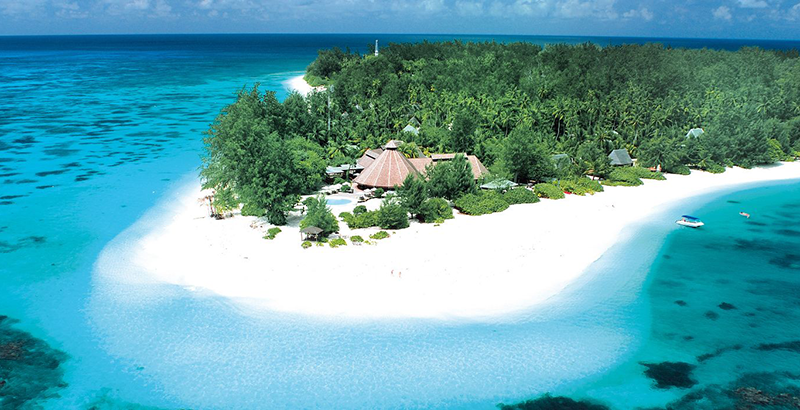Located in the Indian Ocean archipelago, and with a population of just 25,400 souls, Seychelles is putting together the world’s largest floating solar power plant on saltwater — a project currently being developed by a consortium of companies.

The five megawatts (MW) plant will be the first project led by an independent power producer (IPP) in Seychelles. According to the IRENA energy agency, the country currently has an installed 0.9 MW of solar capacity.
The solar plant will require 13,500 solar panels, which will be built across 40,000 square meters of water. Construction will begin in July on a lagoon on Mahé, the main island of the archipelagic nation.
The tender launched by the government in 2018 gave the best technical and financial score to the consortium made of Quadran Seychelles and local solar player VetiverTech. Upon completion, the installation will account for about 2% of total power generation in the island nation.
Fossil fuel is the primary energy source used in Seychelles at 97.5 %, with a mere 2.5 % coming from the renewables. The country wants to reduce this dependency through increased energy efficiency and promotion of renewables, with targets of 5% and 15% in national electricity production by 2020 and 2030 respectively.
Floating solar power plants save land resources and have less impact on the aquatic environment, as no support foundation and cable trench excavation are needed. The surface of the water is relatively open, which will avoid the formation of shadows on the photovoltaic modules.
Water has a cooling effect on the solar panel, which can suppress the rise of the surface temperature of the module. If the temperature of the panel is reduced by 1° C, the output power can be increased by 0.5%, and the power generation can be 10% to 15% higher than those of the ground or rooftop power station in the same area.
In some countries or regions with limited land resources and difficult land development such as Seychelles, the development of floating solar PV projects is a good choice, opening a new path for the application of photovoltaic power generation. It can also be used as a unique scenic spot.
Numerous floating solar photovoltaic plants are currently being developed in other countries beyond Seychelles. Indonesia is building its first one with the country’s electricity company, Perusahaan Listrik Negara. Meanwhile, in India, Tata Solar Power was just awarded a contract to develop a 105 MW floating solar plant.









